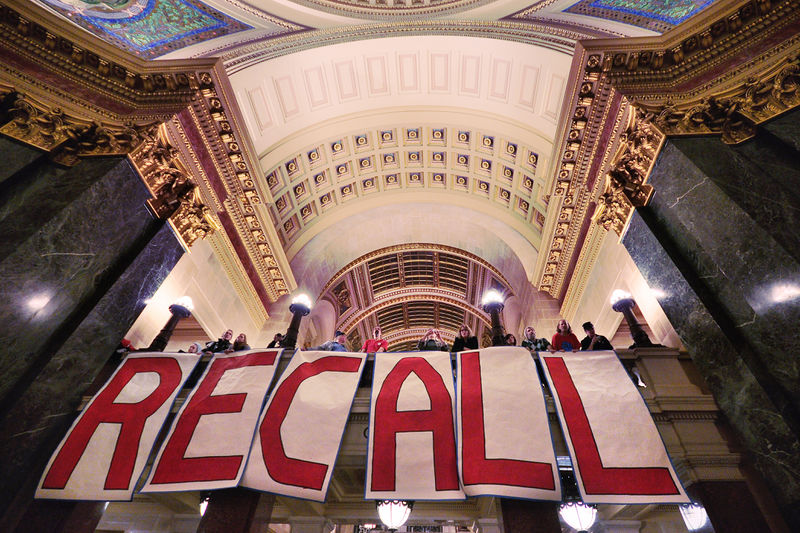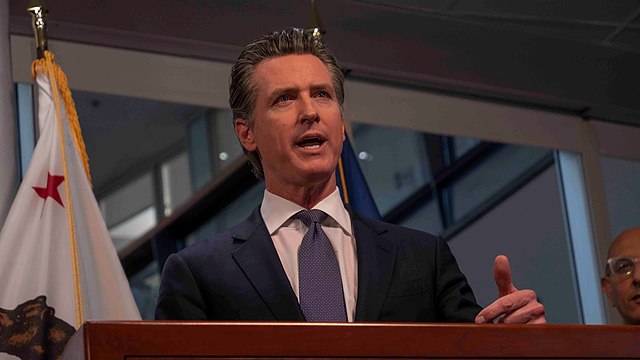Tag: newsom
-
Early voting in Newsom recall ends on Sept. 10

Early voting centers opened in 15 counties in California for the recall election targeting Gov. Gavin Newsom (D) will close on Sept. 10. The election is on Sept. 14. The counties holding early voting are participating in the Voter’s Choice Act (VCA), which Gov. Jerry Brown (D) signed in 2016. The VCA replaced traditional polling…
-
CA GOP votes “No endorsement” for recall election; SoS releases campaign finance summaries

On August 7, the Republican Party of California voted not to endorse a candidate in the September 14 recall election of Gov. Gavin Newsom (D). About 90% of the delegates attending the virtual party meeting voted to skip the endorsement vote and not endorse a candidate. The vote came amid concerns from delegates and party…
-
Lawsuit filed over Newsom recall voter guide language

On July 29, 2021, recall organizer Orrin Heatlie and the California Patriot Coalition sued California Secretary of State Shirley Weber (D) in Sacramento County Superior Court seeking to change the language in the official voter guide for the recall election against Gov. Gavin Newsom (D). Newsom’s proposed official argument in the voter guide describes the…
-
Judge rules California Gov. Newsom will not have party designation on recall ballot

Sacramento County Superior Court Judge James P. Arguelles ruled on July 12 that California Gov. Gavin Newsom’s (D) party affiliation will not appear on the September 14 recall ballot. Newsom sued Secretary of State Shirley Weber (D) on June 28 seeking to have his party affiliation added to the ballot. Weber cited Newsom’s February 2020…
-
California secretary of state determines there are enough signatures for recall election of Gov. Gavin Newsom to proceed

California Secretary of State Shirley Weber (D) announced that the recall campaign against Gov. Gavin Newsom (D) had enough signatures following the removal period to move forward. She directed the state Department of Finance to begin its cost analysis for the election. Voters who signed the recall petitions had until June 8 to request their…
-
Deadline passes for verification of remaining signatures in Newsom recall

California Secretary of State Shirley Weber (D) had until June 22 to certify whether enough signatures remained on recall petitions to move the recall process against Gov. Gavin Newsom (D) forward. If at least 1,495,709 signatures remain, the recall will proceed to a scheduling and budgeting phase. Supporters turned in more than 1.7 million valid…


